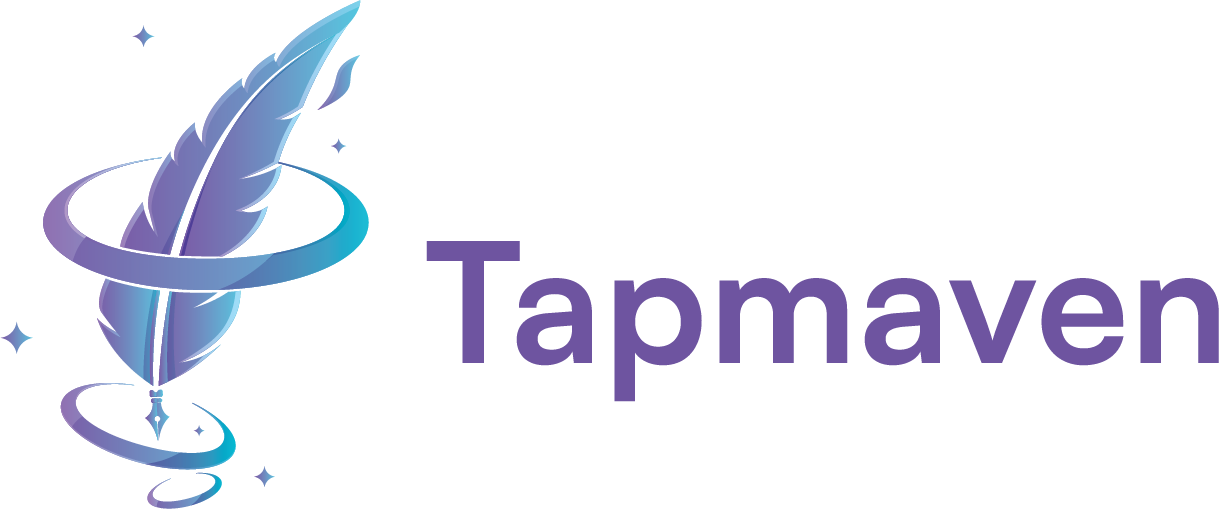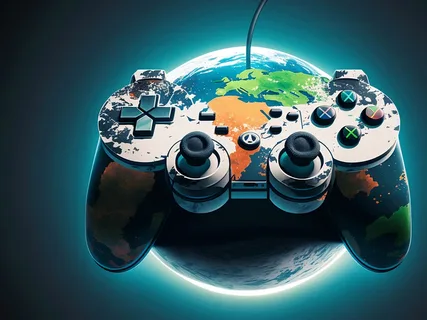Cloud gaming sounds like a dream. No console. No downloads. Just play anytime on any device. But does it actually work for the average player with a basic internet setup? Let’s break it down without fluff.
What Is Cloud Gaming?
Cloud gaming runs your game on a remote server and streams it to your screen. Think Netflix, but for video games. You control the game in real time, while a powerful machine miles away does all the heavy lifting.
You can play on:
- Laptops
- Phones
- Tablets
- Low-end PCs
- Smart TVs
All you need is an internet connection and a controller or keyboard.
Popular services include:
- Xbox Cloud Gaming (Game Pass Ultimate)
- NVIDIA GeForce NOW
- Amazon Luna
- PlayStation Plus Cloud Streaming
- Boosteroid and Shadow (smaller players)
Can It Work With Regular Home Internet?
The Real Speed Requirements
Most platforms recommend 15 to 20 Mbps for 720p or 1080p streaming. For 4K, it jumps to 35 Mbps or more.
That might sound low, but here’s the catch—consistency matters more than raw speed.
Ping, packet loss, and jitter all affect performance. A 100 Mbps plan with poor stability will run worse than a 25 Mbps line with rock-solid latency.
What Happens on Slow or Spotty Wi-Fi?
On shaky connections, games stutter. You’ll see:
- Input lag
- Blurry textures
- Drops in frame rate
- Delayed response to controls
It’s still playable, but frustrating. Especially in fast games like shooters or fighters.
Jason, a casual gamer in Melbourne, said, “I tried Xbox Cloud Gaming on my old laptop. It looked fine until the neighbours started streaming a movie. Then it froze every ten seconds.”
Is It Actually Cheaper Than a Console?
Hardware Costs Go Way Down
You don’t need a gaming PC or console. A $400 Chromebook or $300 tablet can run cloud games just fine. That’s a big win for budget players.
You also save on game downloads. Most services bundle hundreds of games into a flat monthly fee. Game Pass Ultimate is $16.99 USD per month and includes full access to the cloud library.
Compare that to:
- Xbox Series X: $499
- PlayStation 5: $499
- PC build for gaming: easily $800+
But You’re Always Renting
You don’t own the games. If the service shuts down or removes a title, it’s gone. Ask anyone who bought games on Google Stadia.
Best Games to Try First
Turn-Based and Slower Games Shine
Games like Civilization VI, Slay the Spire, or Stardew Valley play great even on weaker connections. You won’t notice a small delay.
Puzzle games, strategy titles, and management sims are perfect for testing your setup.
Fast Games Are Risky
Fighting games, twitch shooters, and esports don’t love cloud setups. Even a tiny lag makes a huge difference.
That said, some casual players don’t care. Matt, a hobbyist gamer in Brisbane, said, “I played Halo Infinite on cloud for three hours. It was fine. Not buttery smooth, but not unplayable either.”
It depends on what bugs you.
What You Need to Make It Work Well
A Stable 5GHz Wi-Fi or Ethernet
If you’re on Wi-Fi, make sure your device supports 5GHz. It’s faster and less crowded. Better yet, use a wired Ethernet cable.
Avoid streaming games on shared hotel Wi-Fi or during peak evening hours if others are streaming Netflix.
Use a Controller
Touch controls are fine for menu browsing. But for serious gameplay, use a real controller. Xbox and PlayStation ones connect via Bluetooth.
If you’re on iOS, make sure the controller supports Apple’s layout. Some cheap ones don’t.
Close Other Apps and Devices
Stop background downloads. Pause cloud backups. Ask your roommate to pause Netflix for an hour. The fewer devices competing for bandwidth, the better your experience.
Hidden Downsides to Know
You Can’t Mod Anything
If you like modding or tweaking files, cloud gaming isn’t for you. You can’t access game folders or change settings beyond what the service allows.
Offline Play Is a No
No internet means no gaming. Even a short dropout kicks you from the session. For people in rural areas, this is a dealbreaker.
Streaming Quality Changes Mid-Game
If your bandwidth drops, the game quality will auto-adjust. You might start at 1080p, then drop to blurry 480p in the middle of a boss fight. Not fun.
Reviews Can Be Misleading
Always check recent reviews for cloud platforms. Performance varies by region. And some reviews are spam. Companies like Reputation Galaxy specialise in removing Google reviews that are fake or misleading, but not every platform fixes this fast.
Look for verified posts on Reddit, YouTube, and user forums. Real users give better insights than polished marketing claims.
When Cloud Gaming Makes Sense
You’re a Casual Player With Limited Time
If you play a few hours a week and don’t care about graphics settings or modding, cloud gaming is perfect. You can jump in quickly without waiting for downloads.
You Want to Game Across Devices
Cloud saves sync across devices. You can start a game on your phone, pick it up on your laptop, and finish on your TV. That’s hard to beat.
You Travel Often
You can use the same library wherever you go. No hardware needed. Just connect a controller to your device and log in.
When to Skip It
- You play competitively
- You mod or customise your games
- Your internet is slow or shared
- You want permanent game ownership
Final Thoughts
Cloud gaming isn’t for everyone. But for casual players with a decent connection, it’s an easy, low-cost way to play high-end games without buying new gear.
Start with slower games. Test it out. If it runs well, you’re golden. If not, you haven’t wasted much.
It’s not the future of all gaming. But it’s definitely the future of some gaming—and it’s already here.

